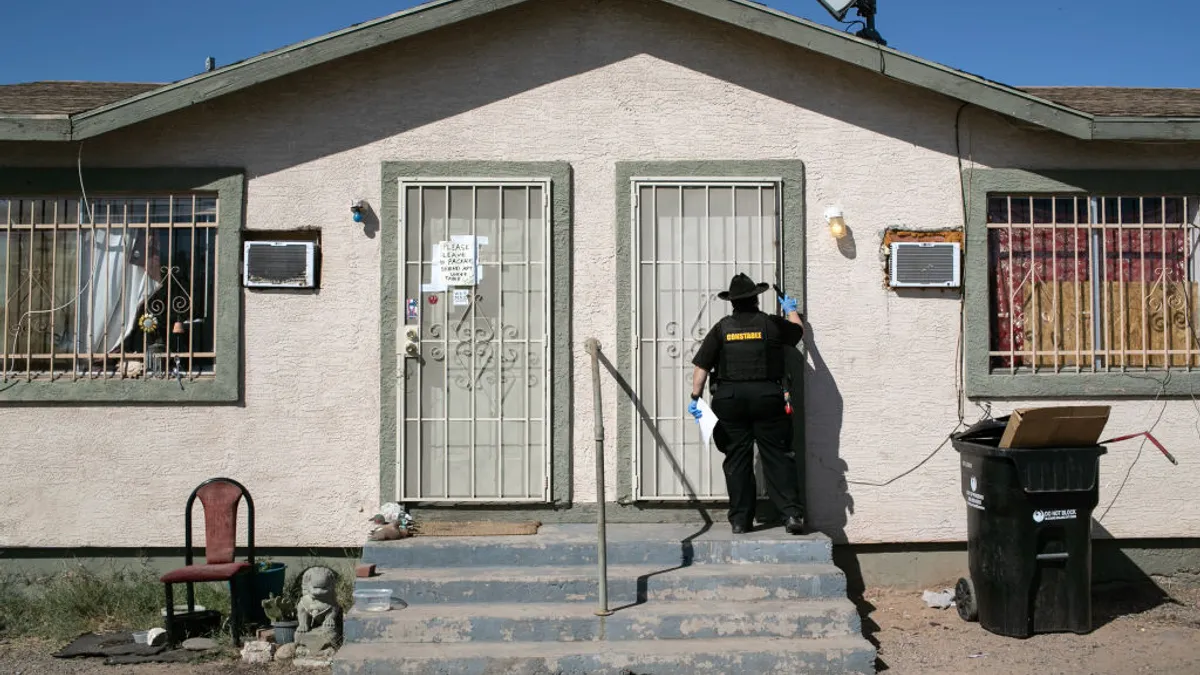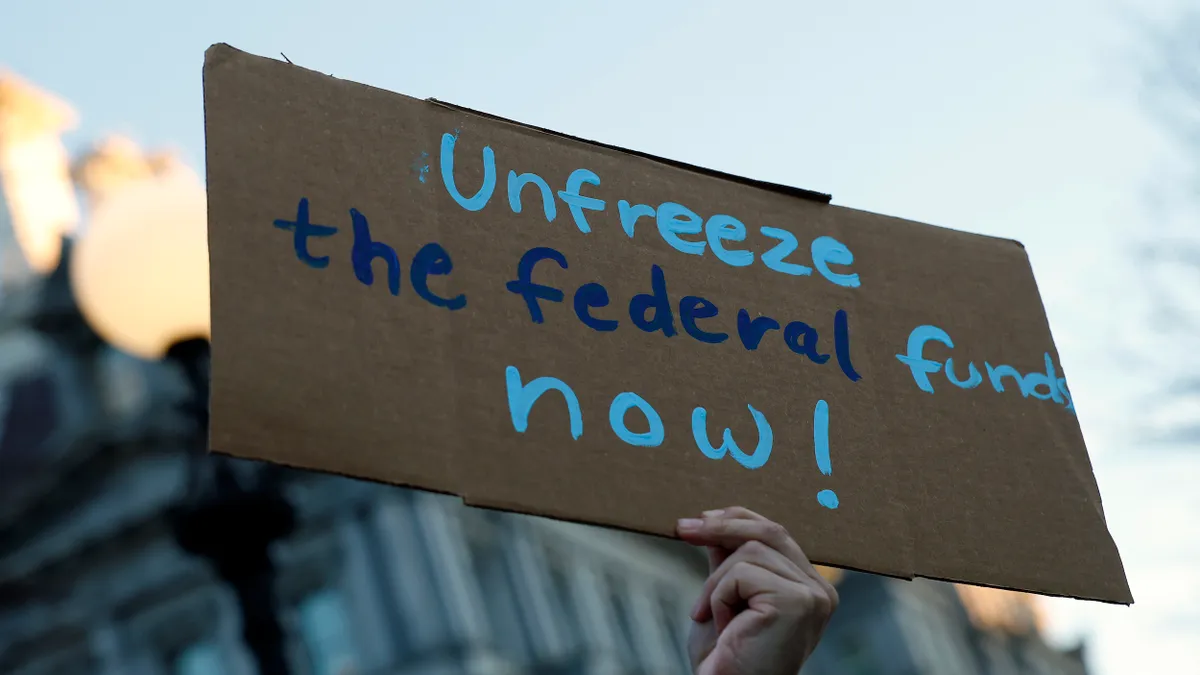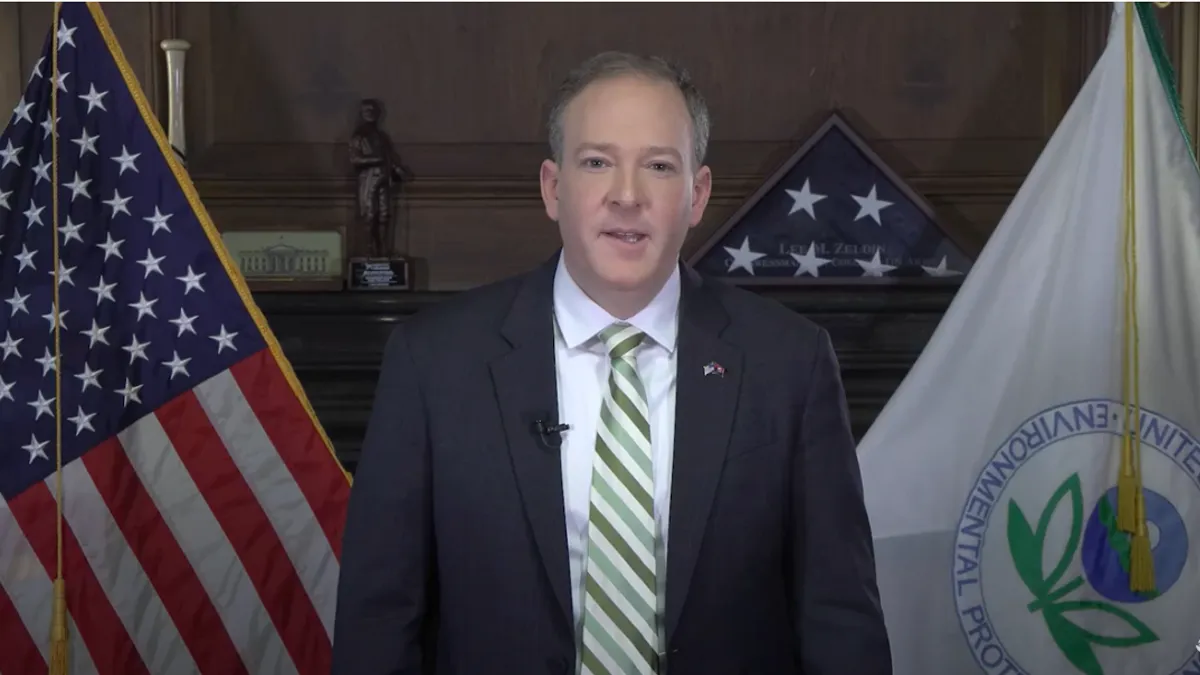The Biden administration announced late last week that it would extend the nationwide eviction moratorium one more month, through July 31. The Centers for Disease Control and Prevention (CDC) said it intends this to be the last such extension.
The move comes as millions of people are behind on rent and vulnerable to eviction. At a recent virtual event hosted by Princeton University’s Eviction Lab and the Pew Charitable Trusts, scholars and local leaders from Pennsylvania to Colorado discussed the key challenges that local governments are experiencing in their efforts to prevent evictions, in addition to potential solutions.
The moratoriums and other protections during the pandemic haven't been perfect, but "they undeniably had a massive effect on preventing eviction filings," said Peter Hepburn, a research fellow at the Eviction Lab and assistant professor of sociology at Rutgers University-Newark. "Nationwide, we estimate that over 2.2 million eviction cases were prevented since March 15th of last year."
The state of evictions
Prior to the pandemic, seven evictions were filed every minute, totaling 3.7 million cases filed across the country in 2016, according to the Eviction Lab. Those filings were when the economy was considered to be "in good shape," Hepburn said.
But by April 2020, over 50 million people were living in renter households that had experienced some form of wage or job loss due to the coronavirus, according to Emily Benfer, a visiting professor of law at the Wake Forest University School of Law. The pandemic has also had a disproportionate impact on renters of color, particularly Black households.
Renters are now further behind than ever on payments, Hepburn said. Before the pandemic, in January of last year, the typical eviction filings in Cincinnati were for roughly one month's rent, or about 110% of the area's median rent. Now claims in that city have reached 200% of the median, according to the Eviction Lab.
"People who owe this much will not be able to repay rental debt, fees, and interest without a federal rent relief. What remains to be seen is whether the available funds can be distributed to those in need," Hepburn said.
Federal rent relief and eviction diversion efforts
The timely distribution of federal rent relief dollars intended to mitigate evictions has been a major challenge for some localities.
Congress approved $25 billion in December for rent relief, followed by another $21 billion allocated in March. But the majority of those federal funds have not yet been distributed, Route Fifty reports, as many state and local governments don’t have the necessary structures and staff in place to properly manage the influx of funds.
The White House issued several measures following the CDC's announcement last week that were aimed at improving those processes and protecting vulnerable renters and homeowners.
Among the many efforts the administration outlined were plans to urge state and local courts to take part in eviction diversion efforts. The White House also said it plans to convene a summit with local leaders from 50 cities to discuss immediate eviction-prevention plans. The group will work to develop community-specific solutions "to provide vulnerable families access to counsel, divert evictions, and connect renters and landlords to available resources."
Those plans also encourage partnership with the courts. The courts are a key government stakeholder to help with these processes, Erika Rickard, a project director with the Pew Charitable Trusts, told Smart Cities Dive in an interview. Courts are where the highest-need populations are showing up, she said. They can help identify the landlords and tenants who are at risk of eviction while directing those people to better use emergency rental assistance.
The latest eviction moratorium has helped provide a "little more breathing room" for these efforts, according to Rickard. "There's a little bit of extra time and renewed emphasis on that need to collaborate, on the need to adapt some of the best practices or lessons that have been learned from other communities, and be able to apply them in more cities," she said.




















